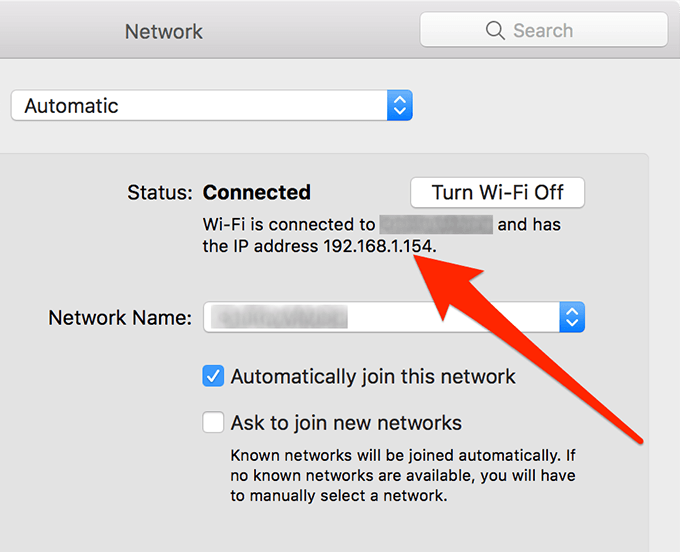

I don’t want to burden you with a load of technical terms, so perhaps an analogy will help you understand how they all fit together. An easy way to think of a local IP address is as the device’s network name-like Shane, Courtney, Anastasia, or Gub-Gub-only in this case, the name is represented by a string of numbers separated by periods ( 192.168.0.22 or 10.0.1.29, for instance).
#MAC NETWORK SETTINGS KEEP CHANGING MAC#
When you log on to your network with your Mac or an iOS device, it’s assigned one of these addresses. The router creates a number of internal IP addresses-private addresses used only within your local network. The router, as its name implies, routes devices connected to it (either with a wire or via Wi-Fi) so that they can access your Internet connection. (If you have a static account, you’ll always have the same IP address if you have a dynamic account-which is most common-your IP address can change.) This IP address is your main thoroughfare to the Internet. This address is selected from a range of addresses that the ISP owns, and it can change depending on the kind of account you’ve signed up for. In most cases, the modem/router relationship works this way: Your Internet service provider assigns something called an IP address to your Internet account. When you signed up for that service, either someone installed it for you or you were sent the gear you needed and you followed the instructions necessary to connect to the Internet. As I said, the 30 days of emails for each email account were still present on the servers after I made the server name changes.I’m going to assume that you already have some variety of Internet service-along with a broadband modem (the box that brings broadband Internet service into your home or office) that includes or is connected to a router (a device that distributes network addresses to computers and mobile devices connected to it). And all of the downloaded emails on the desktop are backed up daily.

This gives me a pseudo-IMAP setup and the ability to retrieve the most recent emails online if needed. No issues, no errors.įYI on POP: All of my email clients are set up to leave messages on the server for 30 days before deleting them, and all sent mail is bcc'd to the sender. And the same messages that were left on the server were present at the new server address. I did not have to change passwords, SSL settings, ports, or anything. All was working fine 2 days before the deadline, and everything is working fine post-deadline, which is today, October 18. I changed the server names on my 2 Macs, 2 iPhones, and iPad. Finally, I checked all 4 of my Netsol email addresses and confirmed that they had all received the same Netsol email, and decided to just go with the email instructions to simply change the incoming and outgoing servers. I read these multiple times and couldn't make heads or tails of why any of this was needed. This led me to the horrible, confusing help page they have for Apple devices with hard-to-follow instructions claiming that accounts needed to be deleted, emails moved, etc. I logged in on Network Solutions' site and hunted around for information. Clicking them took me to a page in Safari stating that these servers were not to be trusted - which of course made me think they were phishing lures. However, the servers in the emails were clickable links. The emails Netsol sent all stated simply that the incoming and outgoing servers needed to be updated to new addresses before 10-18-2021. The deadline to change my accounts was today, and everything is working smoothly with no emails lost. The way Netsol handles this is terrible and wasted an afternoon of my time hunting down information when the solution is actually straightforward and didn't involve deleting any accounts. Hi TW2210, I got the same email at all of the addresses for my Network Solutions POP email accounts. The emails look authentic but some of the wording is off just enough to make me suspicious.

I'd welcome anyone's expert take on this.

#MAC NETWORK SETTINGS KEEP CHANGING ANDROID#
The email does not distinguish among Apple devices and states that it only affects Apple users, not android or windows. Setup your email account on your device using the server settings as shown below:Ī. Refer to our Help Center below for more information.Ģ. *Note: Prior to removing your account, verify you are not using POPĪs you may lose content. Remove your email account from your device. Here is a typical excerpt from the several emails I have gotten:īefore October 6th 2021, Apple device users will need to:ġ. Is the email regarding a change in the SSL certificate for Network Solutions Apple customers real? Do I need to delete my email accounts and re-install them using a different incoming and outgoing mail servers, etc? I cannot find anything at the NS site where I can check my web mail about it.


 0 kommentar(er)
0 kommentar(er)
